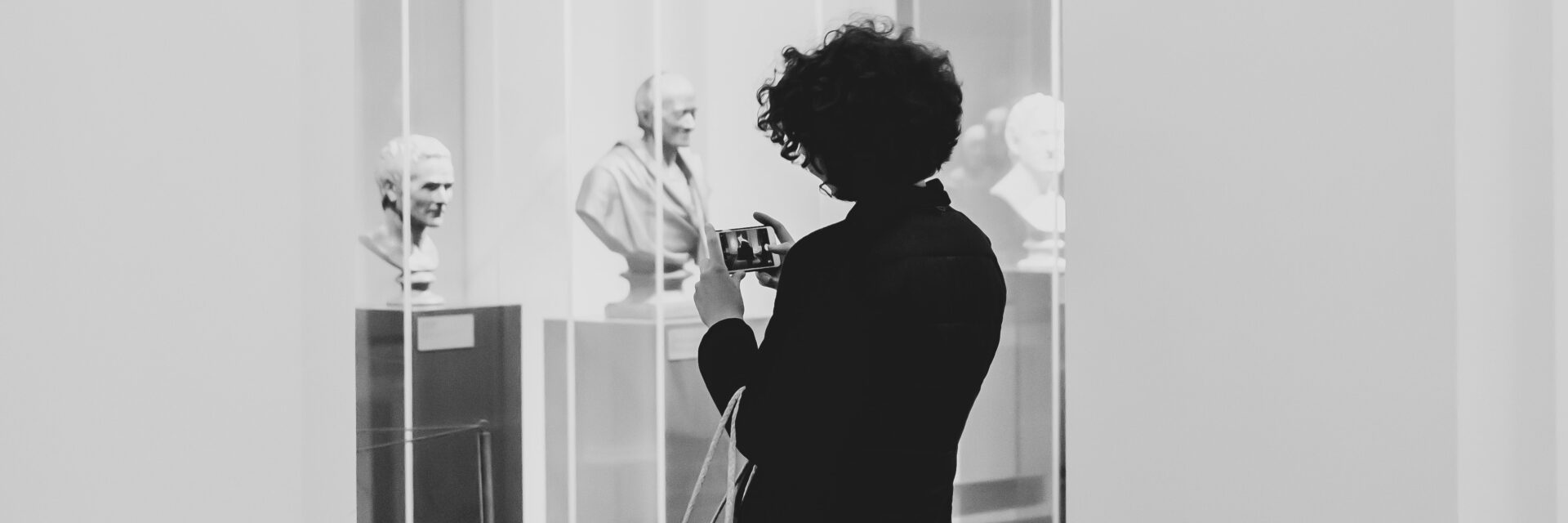- What We Do
- Understanding your audience
- Engaging new audiences
- Designing experiences
- Building loyalty

Getting closer: how staff-led curation can help visitors get behind the scenes
The killer question
There’s one question we’ve heard repeated during recent focus groups for our museum and art gallery clients:
‘How can I get behind the scenes?’
Visitors and Members are often looking for ways to go deeper, to find out something new, to see something they’ve never seen before. They’re often interested in how things work practically – what gems does the museum have in its collection? How does the curation process work? How do you hang the gallery space?
Furthermore, how can these ‘behind the scenes’ offers strike the tough balance of inviting in new audiences, as well as bringing existing audiences closer?
An alternative inside track
We’ve collected a few of our favourite examples of how involving staff in the curatorial process can provide an authentic way for existing visitors to learn more about the people who help run their favourite organisations, whilst also showing the organisation’s human, welcoming side to potential new visitors.
Tate Modern
The third year of Tate Modern’s Staff Biennale centred around the theme of Love and Loss, exploring the ways in which the pandemic impacted families, communities and livelihoods. Tate staff from across the London, Liverpool and St Ives sites contributed to this moving memorial to those who were lost as a result of the covid-19 pandemic.Inside Job: Love and Loss, Tate Staff Biennale was organised and curated by Tate’s Inside Job Collective, a group of staff who are dedicated to showcasing the creativity of their Tate colleagues. The exhibition is an incredible way to recognise, and allow visitors to explore, the incredible skills and talents of those working within the gallery.
Baltimore Museum of Art
Baltimore Museum of Art wanted to introduce their security staff to the curatorial process, giving them the unique opportunity to collaborate with curators, and staff in the education, marketing and design departments. Security staff selected to take part also received expert mentorship from acclaimed art historian and curator, Dr Lowery Stokes Sims.Baltimore Museum of Art’s exhibition Guarding the Art consists of pieces already in the Museum’s collection which have been selected and reinterpreted by BMA’s security staff.
The exhibition demonstrates how museums can work creatively towards their commitment to inclusivity, and allow a diverse range of voices to speak through the art.
What’s next?
These are just some of the ways art galleries and museums can allow their visitors to get closer and look behind the scenes. If you’d like to talk about how we could support you with getting closer to your audiences, please contact carolyn.hartmann@mhminsight.com
- Engaging new audiences
- Understanding your audience
